There are very few animation properties in recent years that are as beloved as Avatar: The Last Airbender. The award-winning series may have ended after three seasons in 2008, but the adventures of Aang and the rest of Team Avatar have continued in a series of graphic novel trilogies from Dark Horse Comics. The latest tale, Imbalance, finds the team returning to a Cranefish Town in turmoil. The economy of the town is booming, but tensions between benders and non-benders are high, and technological advancements within non-bender-owned companies have put many benders out of work. As violence breaks out in the town, Part 2 of Imbalance puts a spotlight on Toph as she navigates her roles both within Team Avatar and as part of Cranefish Town’s Earthen Fire Industries.
Writer Faith Erin Hicks (the Eisner-winning writer/artist of The Adventures of Superhero Girl and the Nameless City Trilogy) and artist Peter Wartman (Over the Wall) are telling a story that reflects real-world issues in a way that also feels essential to the growth of both the world of Avatar: The Last Airbender and the characters who inhabit it. The creators were gracious enough to answer a few questions about their work on Imbalance, the second part of which releases next week.
Joe Grunenwald: Faith, Toph takes center stage in part 2 of Imbalance, and her role as part of Earthen Fire Industries is a key piece of the overall Imbalance story so far. Why did you want to explore that aspect of the character, and how do you see it fitting into her role as part of Team Avatar?
Faith Erin Hicks: Toph’s character arc from where we first met her in Avatar: The Last Airbender, to her becoming chief of police in Republic City in Legend of Korra has always intrigued me. She went from being this kid who lied to her parents, snuck out at night to participate in bender fights and then ran away from home to join Team Avatar. And yet she also founded Republic City’s metal-bending police force. I’m curious about the side of her that becomes this authority figure (albeit one who’s perfectly happy to bend the rules for the sake of family), so it made sense to me to focus on her growing attachment to community through her role in her father’s business. Her involvement with Earthen Fire Industries also grounds Team Avatar; they’re in Cranefish Town (the proto-Republic City) because of Toph’s involvement with the company. They might not have been there if Earthen Fire Industries hadn’t become a part of Toph’s life.
JG: Peter, you’ve designed a few notable new characters for Imbalance, in addition to the booming Cranefish Town. How did you approach crafting the looks of Councilwoman Liling and her daughters, and of the overall town?
Peter Wartman: Faith gave our baddies strong personalities, and I tried to reinforce them with all my design decisions. I didn’t try to be very subtle—I wanted it to be easy to get an immediate read on who they were. So, for example, Liling’s face is always partially covered (implying she has something she’s hiding), and Yaling is big and tough because she’s entirely about brute-force solutions. Their costumes reflect who they are a bit too—Yaling prefers practical clothes that are better for fighting while her sister, Ru, dresses a little fancier. She’s not a fighter, and relies more on talking to get ahead.
I also tried to make sure that costumes and character designs fit into the styles already established in the show (specifically for the Earth Kingdom, in the case of Liling’s family). This was a big learning curve—Avatar gathered some immense talent in its production team, and it became clear to me how much care (and research!) went into all the designs in the show when I started digging into them. Hopefully I got close.
As for the city, I was primarily concerned with creating a place that felt like it had grown far too fast, without much concern for the people living in it—chaotic, unstable and unsustainable. A sea of decaying rooftops dominated by smokestacks. The design of the Earthen Fire Industries factory also references the original (much smaller) one that appeared in The Rift, hopefully implying that it grew from that foundation.
JG: The themes at play in Imbalance, and the nature of the conflict between benders and non-benders, feel incredibly topical. What is it about the world of Avatar that lends itself to this type of allegorical storytelling, and what do you hope readers ultimately take away from this particular tale?
FEH: With any story I write, I hope it sparks empathy in readers. I do a lot of comics aimed at younger readers, and I hope my work encourages them to think about their own lives, to ask questions, to listen to other people when listening is needed. Fantasies such as Avatar can be really useful in telling these kinds of stories, sneaking in a subtle lesson about not looking down on people different from yourself amidst the awesome fight scenes. I think this allegory works especially well in Avatar, since the Avatar him/herself is a being with powerful abilities, but someone who belongs to the world, benders and non-benders alike. And that’s incredibly important. Aang doesn’t belong to the bender community because he is one, he’s the Avatar for all people.
PW: Avatar has a complex and detailed world, and was always willing to play with shades of grey (without forgetting that sometimes people really just do bad things). The Ba Sing Se arc has always been my favorite for that reason—arriving at the capital of the “good guys” and discovering that it’s (at least partially) a repressive and totalitarian state was a shock. It didn’t make the Fire Nation the good guys, but it did make finding lasting peace far more complicated (and something I’ve loved about the previous comics by Gene [Luen Yang] and Gurihiru was how they explored the idea that, even with the war won, consequences linger that don’t have easy solutions). It’s never been a setting that’s shied away from the consequences of war and power, and I think that makes it a place where it’s easy to tell stories that resonate with our own times. Even with all the rocks, water and fire flying around, at the core the characters in the story are dealing with the same problems we are.
JG: Any final teases for what readers can look forward to, or any moments you’re particularly excited about, in the remaining chapters of Imbalance?
FEH: I am SO EXCITED for people to read the fight scene Peter drew at the end of book 3 of Imbalance.
PW: I hope you all like when Toph punches things!
Avatar: The Last Airbender – Imbalance, Part 2 goes on sale on May 15th, with Part 3 scheduled for release later this year.
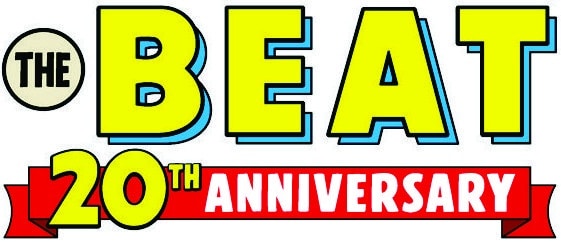

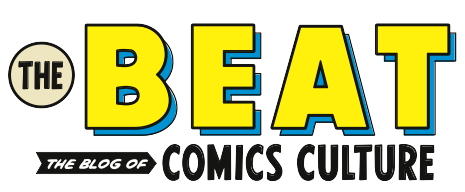
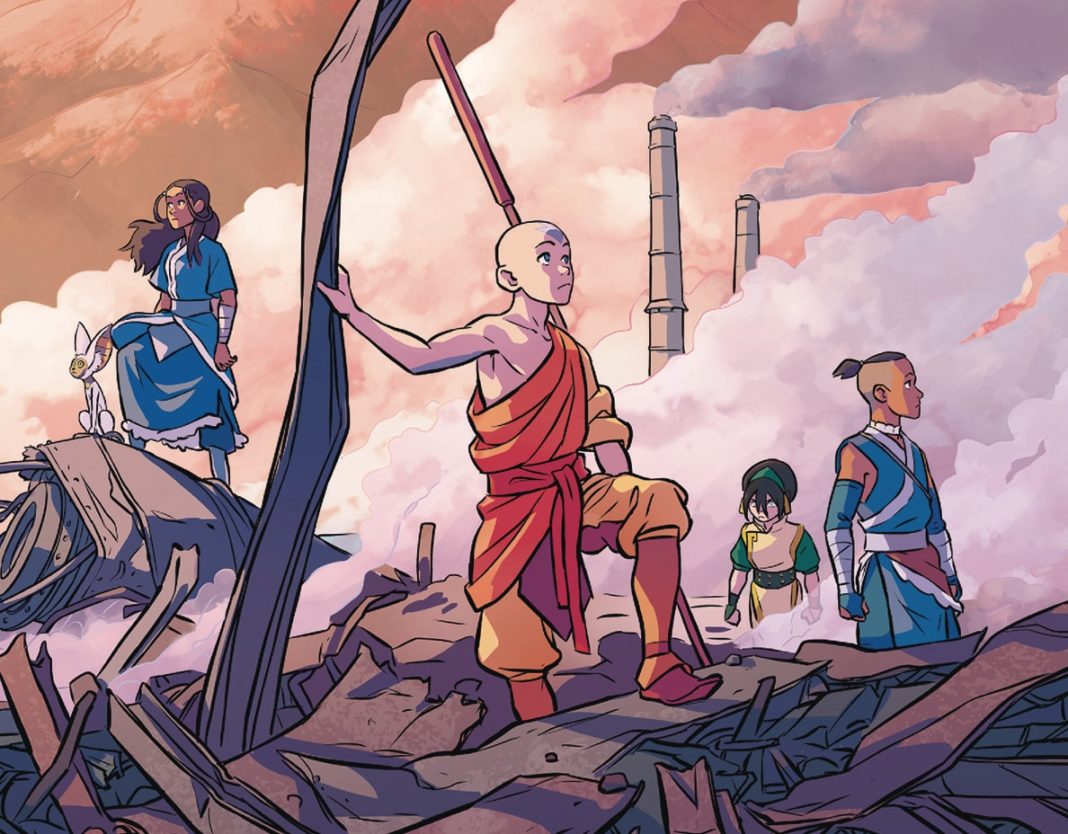

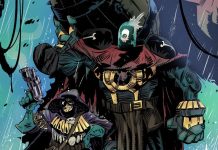
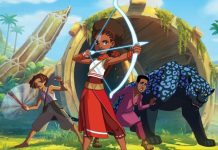




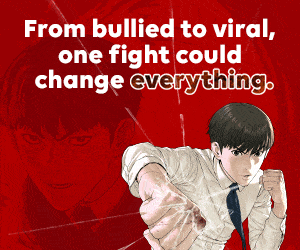
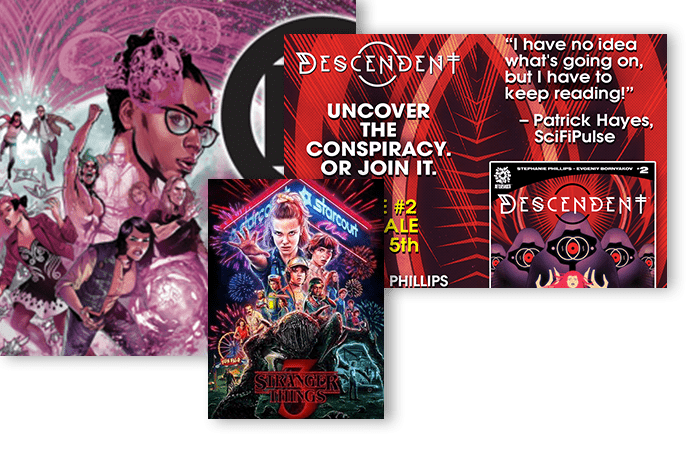
I want to know who marry to zuko?? I hope is mai
Comments are closed.